
The Central Area of the Imperial Citadel of Thang Long - Hanoi is an important remaining part of the Forbidden City and the Imperial City of Thang Long Capital. This massive architectural work was built by the dynasties in many historical periods and has become the most important relic in the system of relics in Vietnam.
Recognized by UNESCO as a World Cultural Heritage in 2010, the Central Sector of the Imperial Citadel of Thang Long is a symbol of Dai Viet history and culture over many centuries. This was the center of power of the kings through the Ly, Tran, Le So, Mac dynasties, and Le Trung Hung.

The President and his wife, along with the King and Queen of Belgium, walked through the Doan Mon Gate to visit the archaeological pit and the stone dragon steps of Dien Kinh Thien, where many vestiges of the Thang Long Imperial Citadel from different historical periods are still preserved. In addition, the delegation also visited the Thang Long Royal Treasures Exhibition House, which displays a number of artifacts recognized as “National Treasures”, including precious metals and high-class ceramics made by the Thang Long kiln to serve the king, queen, royal family and the daily life of the royal court.
The President, his wife and distinguished guests were introduced by representatives of the Thang Long - Hanoi Heritage Conservation Center about the thousands of years of history of the Vietnamese people through the artifacts preserved and maintained at the Central Area of the Imperial Citadel heritage site, which bears the historical imprint of the thousand-year-old capital. The ancient architectural works; architectural vestiges and archaeological artifacts here are the priceless pride of Thang Long - Hanoi in particular and of Vietnam in general.

Doan Mon Gate was originally built during the Ly Dynasty and is a very important gate in the ceremonial activities of the Imperial City. Doan Mon has a U-shaped structure, 46.5 m long from East to West, with 5 arches, the central arch is for the king.
The archaeological pit was excavated with an area of 85.2 m2 right behind Doan Mon Gate; at a depth of 1.2 m, a stone border reinforcing the foot of Doan Mon wall and a brick yard from the early Le dynasty were discovered. At a depth of 1.9 m, there was a road paved with "lemon flower" bricks from the Tran dynasty, notably underneath were paving bricks from the Ly dynasty.

The President and his wife, along with the King and Queen of Belgium, also listened to an explanation of the Kinh Thien Palace relic, the most important place in the ancient Thang Long Forbidden City, where the most solemn ceremonies of the royal court were held, foreign envoys were received, and important national affairs were discussed; as well as the remaining architecture of the Dragon Threshold of Kinh Thien Palace, the old stone foundations and steps leading up to the main hall, with stone dragons guarding the steps, sculpted in the 15th century, representing the pinnacle of sculpture during the early Le Dynasty.

The Belgian King and Queen expressed their impression of the profound cultural and historical values that Thang Long Imperial Citadel brings, and emphasized the importance of preserving and promoting the cultural heritage values of each nation.
The two leaders' visit to Thang Long Imperial Citadel aims to introduce to King Philippe and Queen Mathilde the history and culture of the beautiful country of Vietnam, as well as the hospitable Vietnamese people, thereby promoting people-to-people exchanges and creating a foundation for expanding cooperation to other extensive fields between the two countries./.
Source: https://hanoimoi.vn/chu-tich-nuoc-luong-cuong-va-nha-vua-bi-philippe-tham-quan-hoang-thanh-thang-long-697509.html



![[Photo] Prime Minister Pham Minh Chinh chairs meeting after US announces reciprocal tariffs](https://vstatic.vietnam.vn/vietnam/resource/IMAGE/2025/4/3/ee90a2786c0a45d7868de039cef4a712)
![[Photo] A brief moment of rest for the rescue force of the Vietnam People's Army](https://vstatic.vietnam.vn/vietnam/resource/IMAGE/2025/4/3/a2c91fa05dc04293a4b64cfd27ed4dbe)
![[Photo] General Secretary To Lam receives Japanese Ambassador to Vietnam Ito Naoki](https://vstatic.vietnam.vn/vietnam/resource/IMAGE/2025/4/3/3a5d233bc09d4928ac9bfed97674be98)
![[Photo] Prime Minister Pham Minh Chinh chairs the first meeting of the Steering Committee on Regional and International Financial Centers](https://vstatic.vietnam.vn/vietnam/resource/IMAGE/2025/4/3/47dc687989d4479d95a1dce4466edd32)
![[Photo] Ho Chi Minh City speeds up sidewalk repair work before April 30 holiday](https://vstatic.vietnam.vn/vietnam/resource/IMAGE/2025/4/3/17f78833a36f4ba5a9bae215703da710)
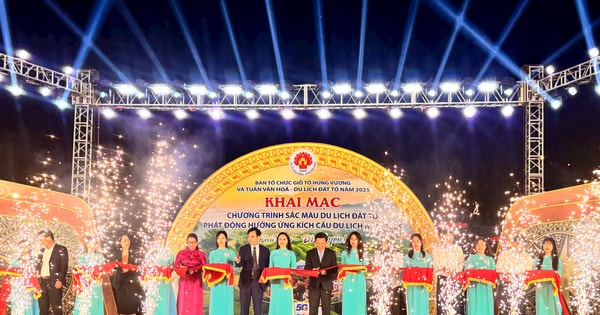
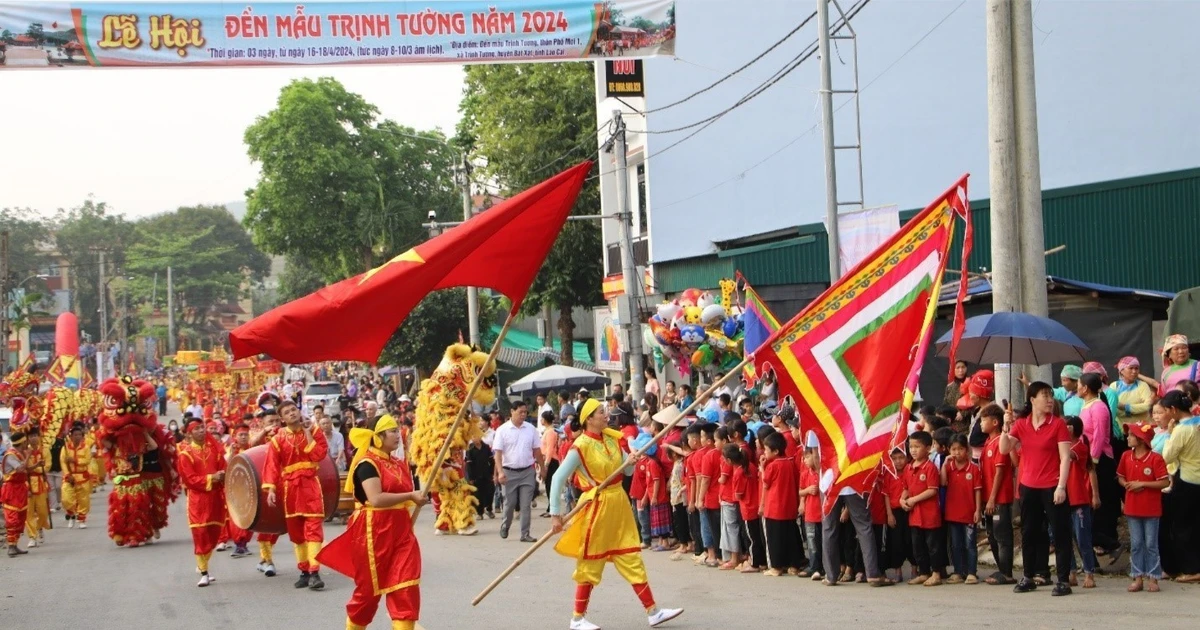
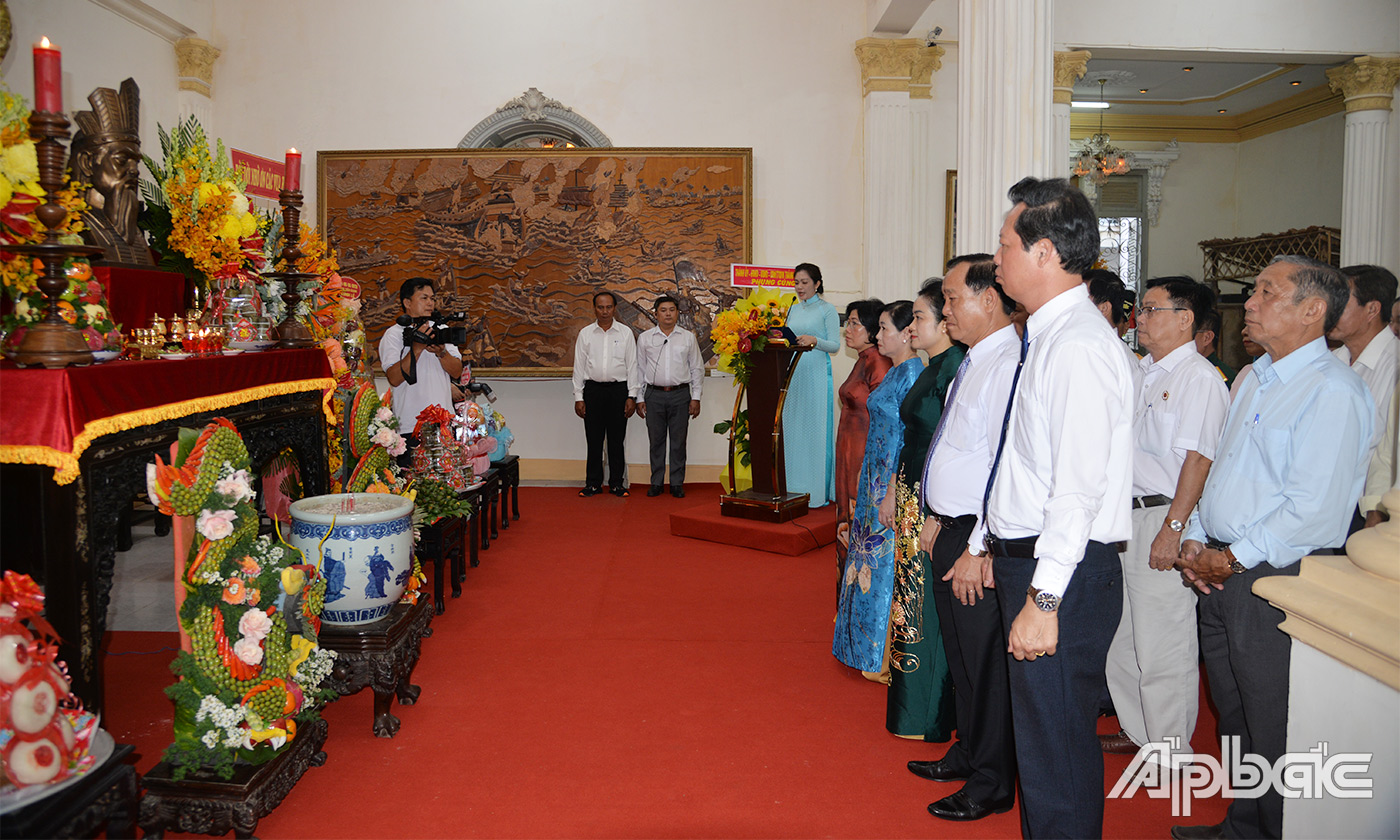
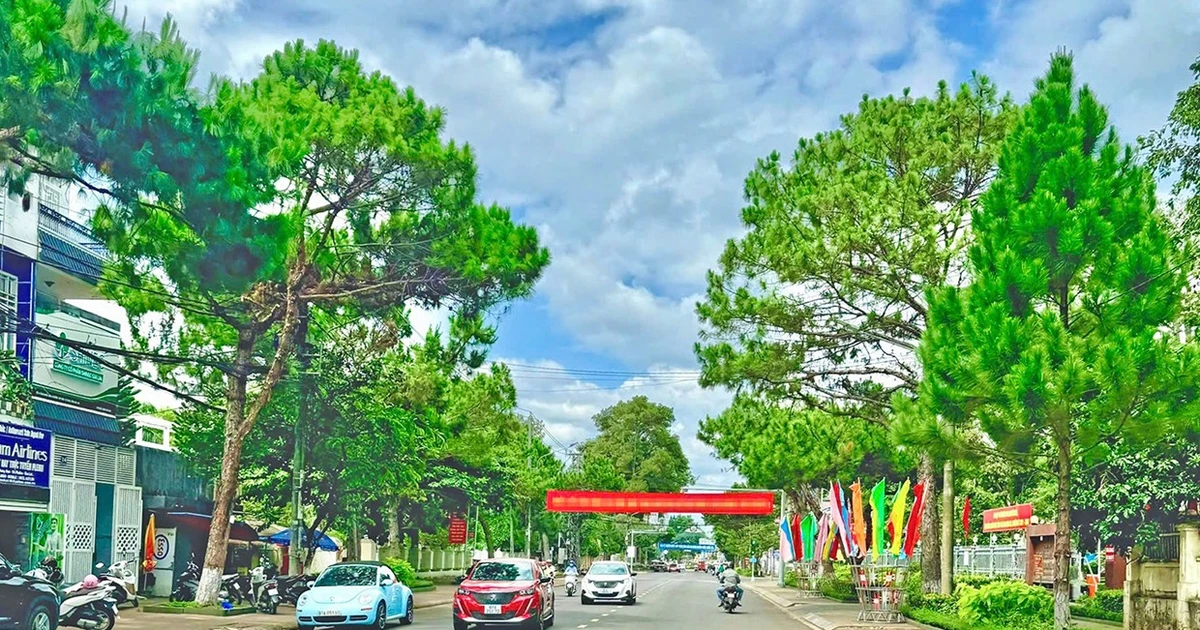
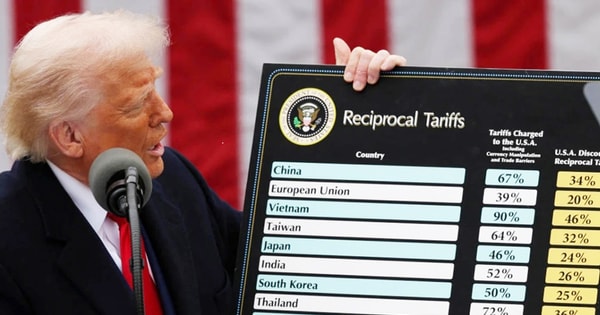








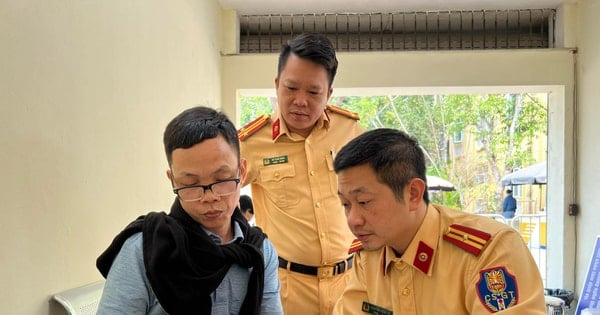
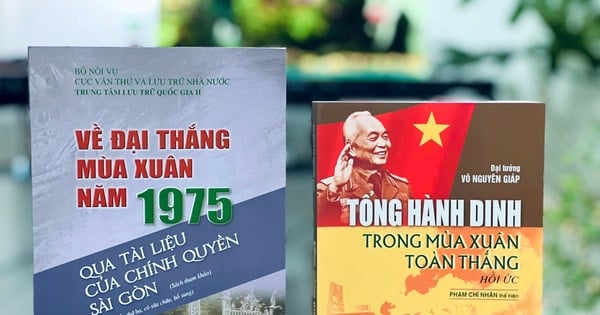
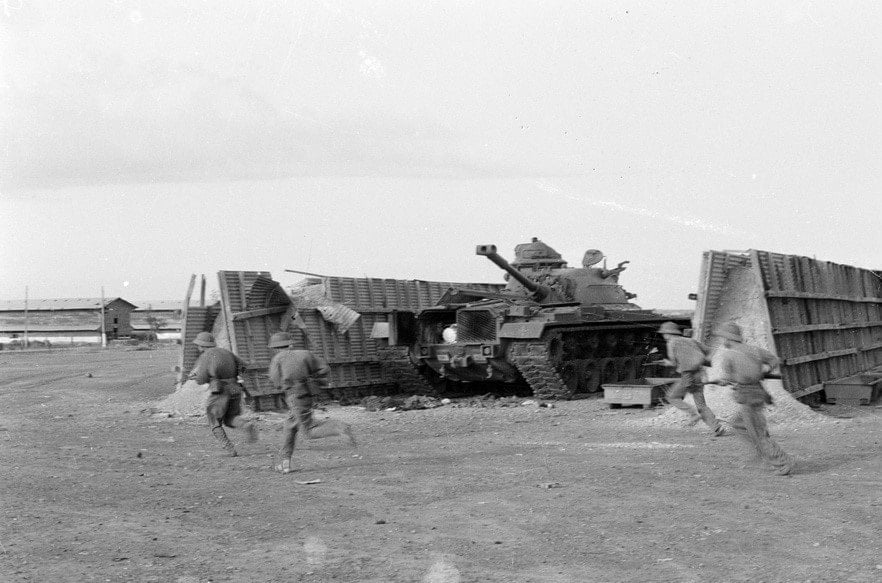







































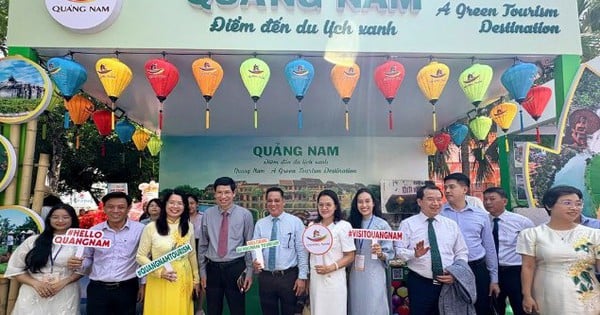


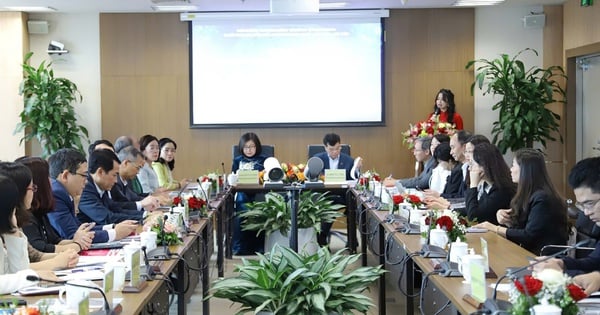
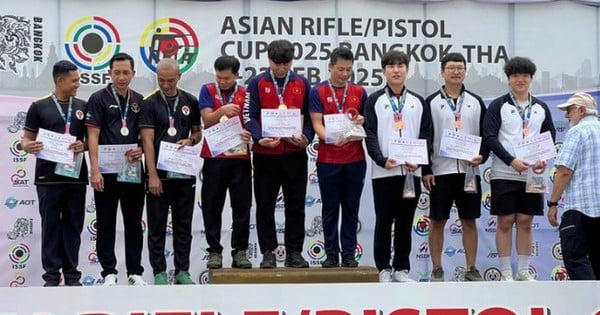
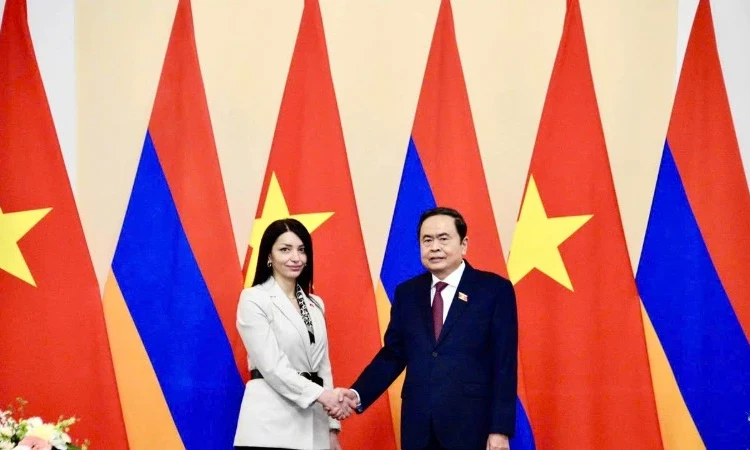
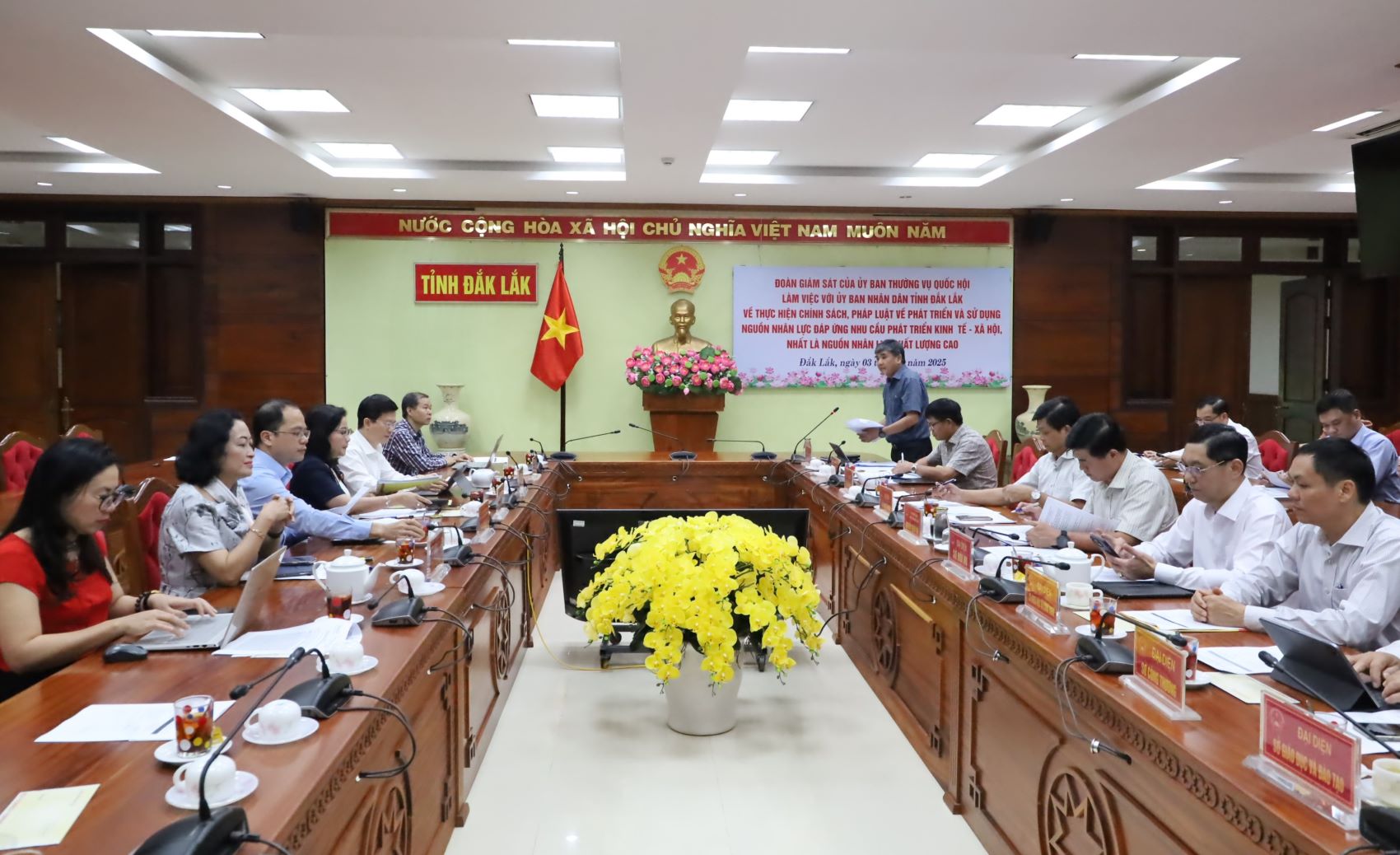
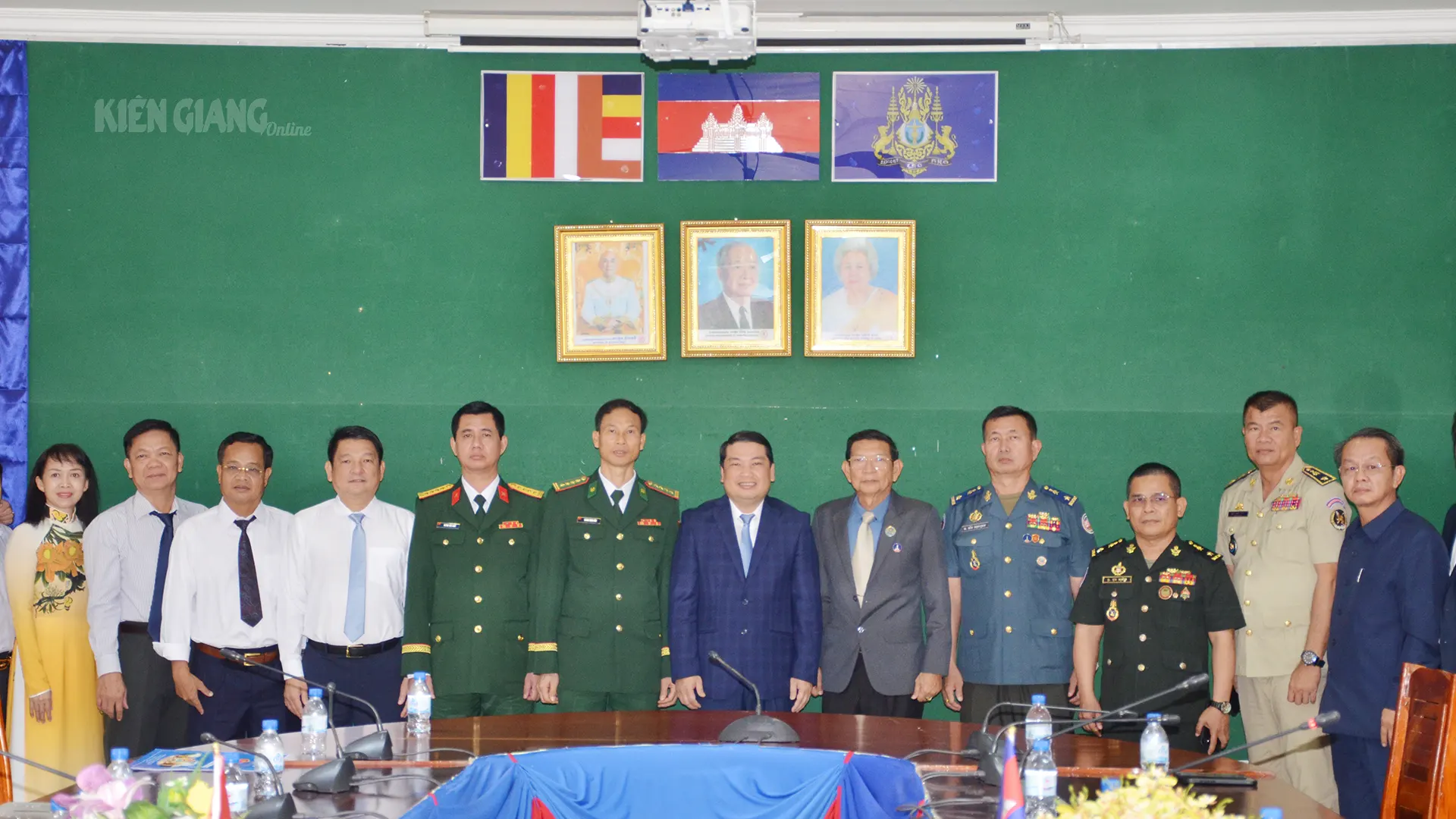
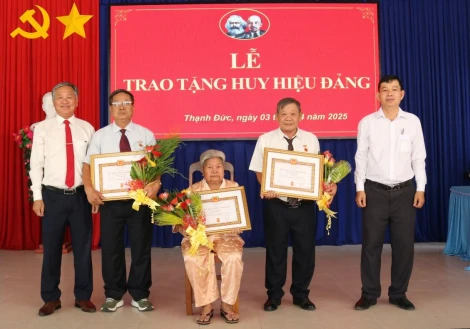

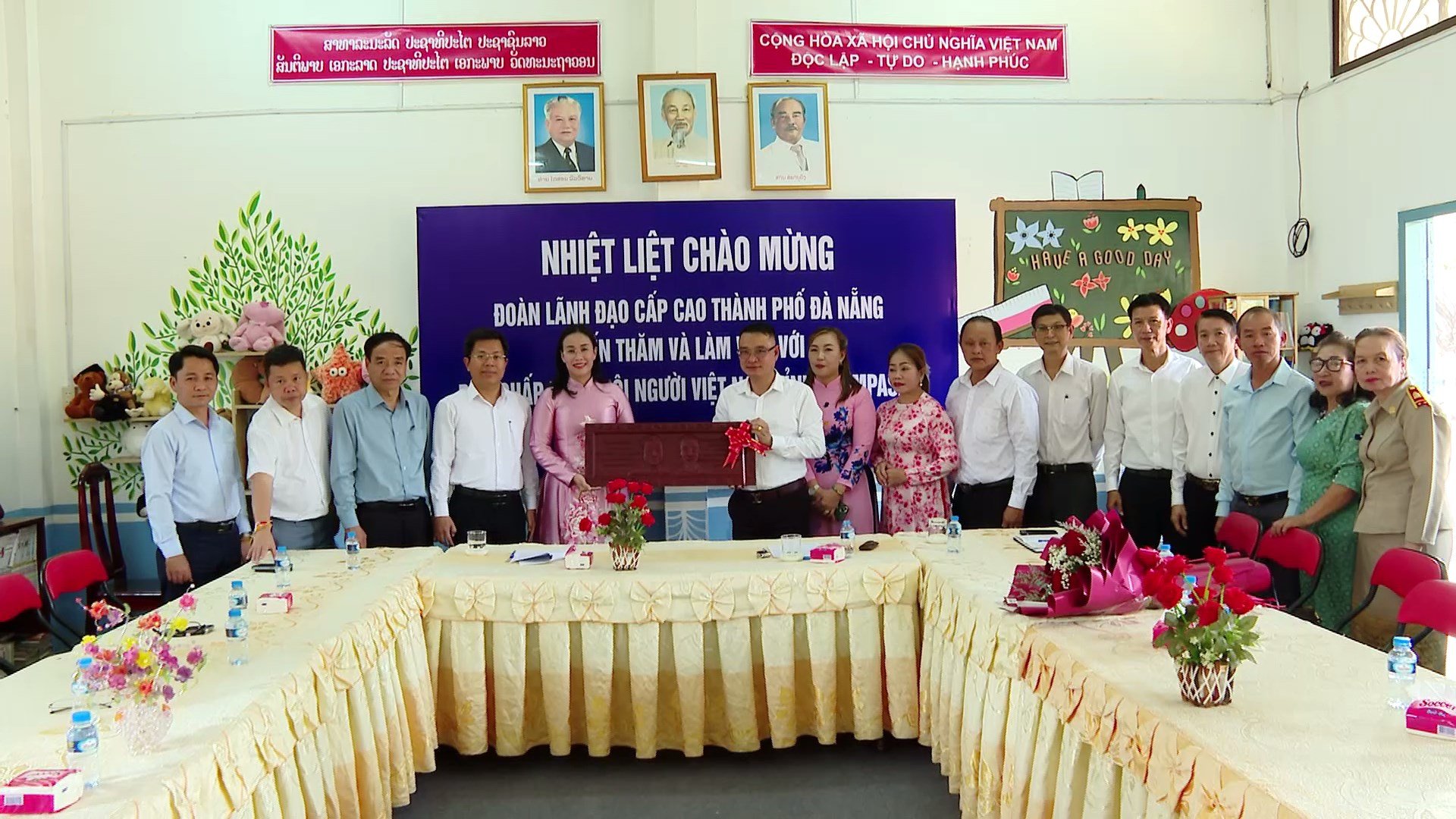










Comment (0)